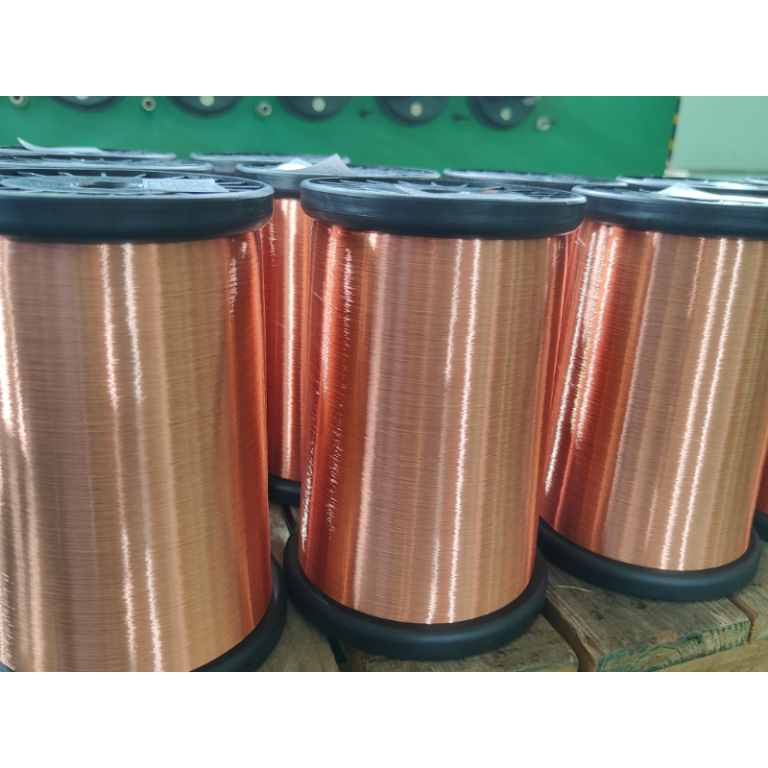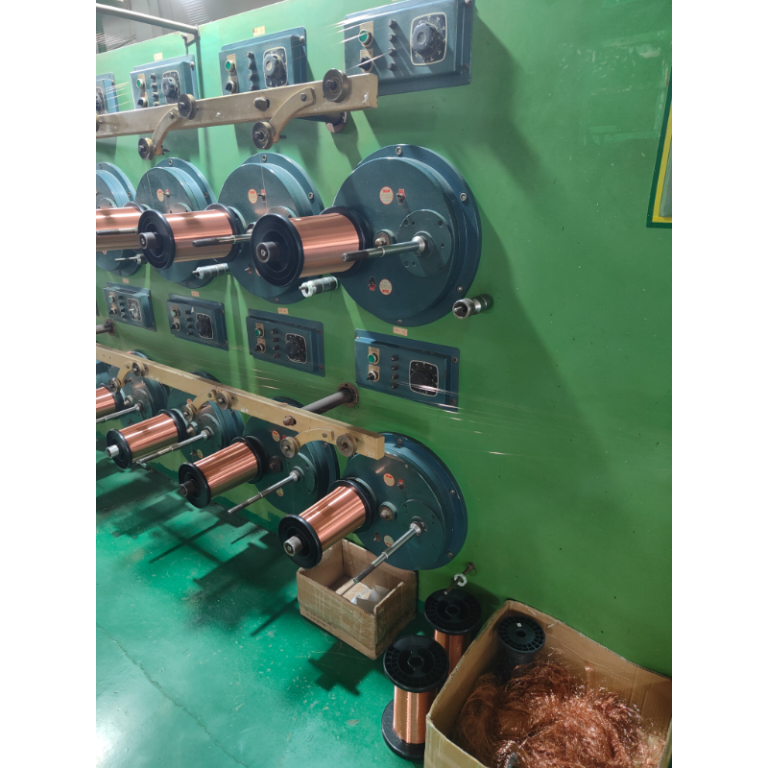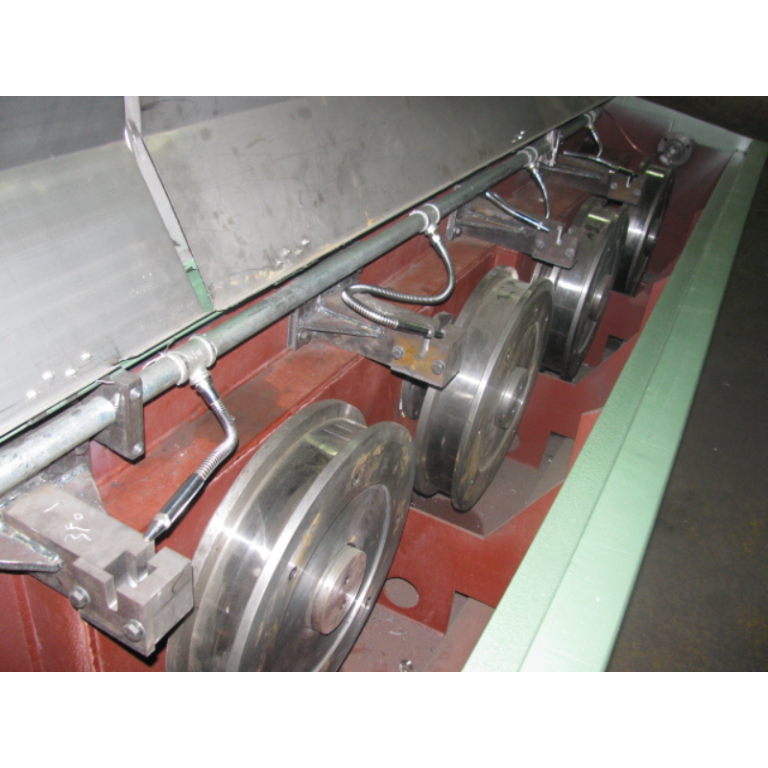Table of Contents
Maintenance Tips for Medium Copper Wire Drawing Machine
Medium copper wire drawing machines are essential equipment in the manufacturing industry for producing high-quality copper wires. These machines are designed to pull copper rods through a series of dies to reduce their diameter and improve their quality. To ensure the smooth operation and longevity of medium copper wire drawing machines, proper maintenance is crucial. In this article, we will discuss some maintenance tips for medium copper wire drawing machines to help you keep your equipment in top condition.
One of the most important maintenance tasks for medium copper wire drawing machines is regular cleaning. Over time, dust, dirt, and debris can accumulate on the machine’s components, leading to decreased efficiency and potential damage. It is essential to clean the machine regularly using a soft brush or cloth to remove any buildup. Pay special attention to the dies and rollers, as these are the parts that come into direct contact with the copper rods and are most susceptible to wear and tear.
In addition to cleaning, lubrication is another crucial aspect of maintaining medium copper wire drawing machines. Proper lubrication helps reduce friction between moving parts, preventing premature wear and extending the machine’s lifespan. Be sure to use the recommended lubricants for each component, as using the wrong type of lubricant can cause damage. Regularly check the lubrication levels and top up as needed to ensure smooth operation.
Inspecting the machine for any signs of wear or damage is also essential for maintaining medium Copper Multiwire Drawing Machine. Check for loose or worn-out parts, such as belts, bearings, and gears, and replace them as necessary. Pay attention to any unusual noises or vibrations during operation, as these can be indicators of underlying issues that need to be addressed. Regular inspections can help identify problems early on and prevent costly repairs down the line.
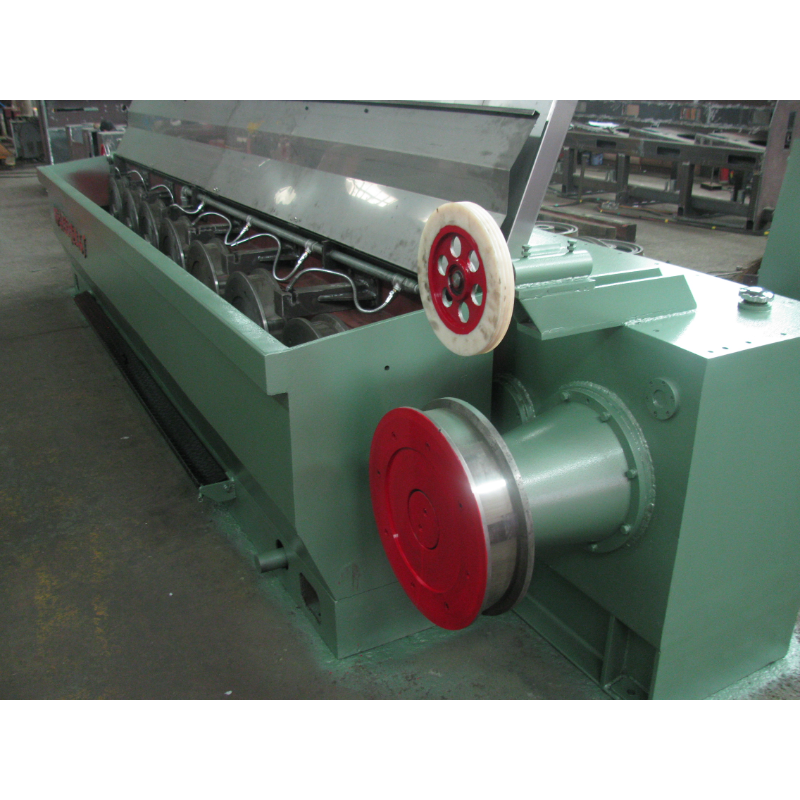
Another important maintenance tip for medium copper wire drawing machines is to calibrate the machine regularly. Calibration ensures that the machine is operating at optimal levels and producing wires of the desired diameter and quality. Follow the manufacturer’s guidelines for calibration procedures and schedule regular maintenance checks to keep the machine in top working condition.
Proper storage of medium copper wire drawing machines is also crucial for maintaining their longevity. When not in use, store the machine in a clean, dry, and well-ventilated area to prevent rust and corrosion. Cover the machine with a protective tarp or sheet to shield it from dust and debris. Additionally, follow the manufacturer’s recommendations for storing spare parts and accessories to ensure they remain in good condition and readily available when needed.
In conclusion, proper maintenance is essential for keeping medium copper wire drawing machines in top working condition. Regular cleaning, lubrication, inspection, calibration, and storage are key aspects of maintaining these machines and ensuring their longevity. By following these maintenance tips, you can keep your medium copper wire drawing machines running smoothly and producing high-quality copper wires for years to come.
How to Choose the Right Medium Copper Wire Drawing Machine for Your Business
Medium copper rod casting and making machines are essential equipment for businesses involved in the production of copper wire. These machines are used to reduce the diameter of copper rods or wires by pulling them through a series of dies, resulting in a smoother and more uniform wire. Choosing the right medium copper wire drawing machine is crucial for ensuring the efficiency and quality of your wire production process.
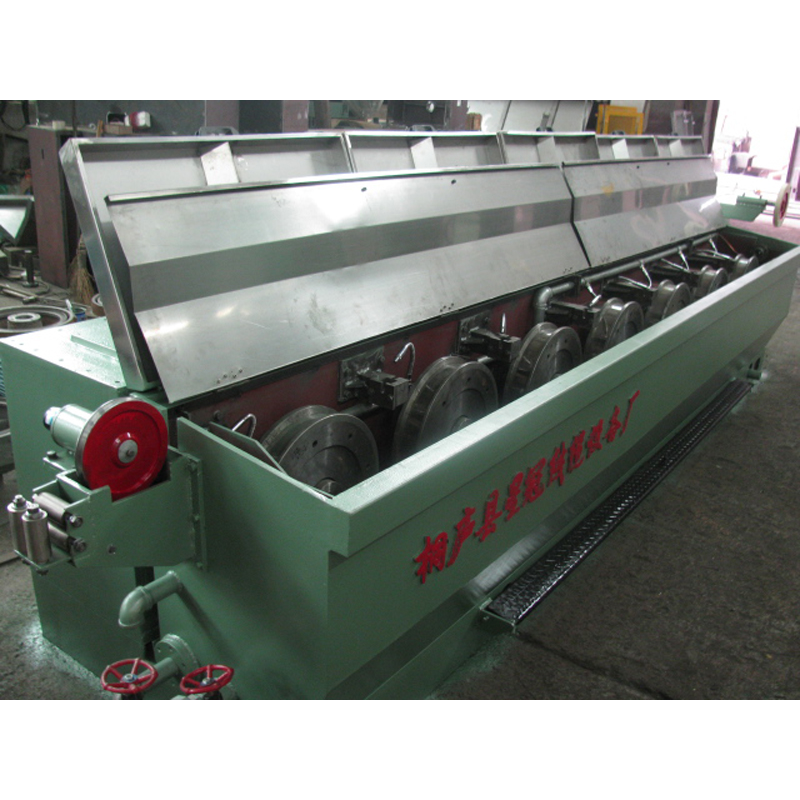
When selecting a medium copper wire drawing machine for your business, there are several factors to consider. One of the most important factors is the size and capacity of the machine. Medium copper wire drawing machines come in a range of sizes, with different maximum wire diameters and drawing speeds. It is essential to choose a machine that can handle the volume of wire production required for your business.
Another important factor to consider is the number of dies on the machine. The number of dies determines the number of times the wire will be drawn through the machine, which affects the final diameter and quality of the wire. Machines with more dies can produce finer wire, but they may also require more maintenance and adjustment.
It is also important to consider the material and quality of the dies used in the machine. High-quality dies made from durable materials such as tungsten carbide can help ensure a longer lifespan and better performance of the machine. Additionally, the design and construction of the machine itself should be sturdy and reliable to withstand the rigors of continuous operation.
When choosing a medium copper wire drawing machine, it is essential to consider the power and energy requirements of the machine. Machines with higher drawing speeds and capacities may require more power to operate efficiently. It is important to ensure that your business has the necessary infrastructure and resources to support the operation of the machine.
Furthermore, it is crucial to consider the level of automation and control features of the machine. Modern medium copper wire drawing machines come with advanced automation and control systems that can help improve efficiency and productivity. Features such as digital displays, automatic tension control, and remote monitoring capabilities can make operation easier and more efficient.
In addition to these technical factors, it is also important to consider the reputation and reliability of the manufacturer. Choosing a reputable manufacturer with a track record of producing high-quality wire drawing machines can help ensure that you are investing in a reliable and durable machine for your business.
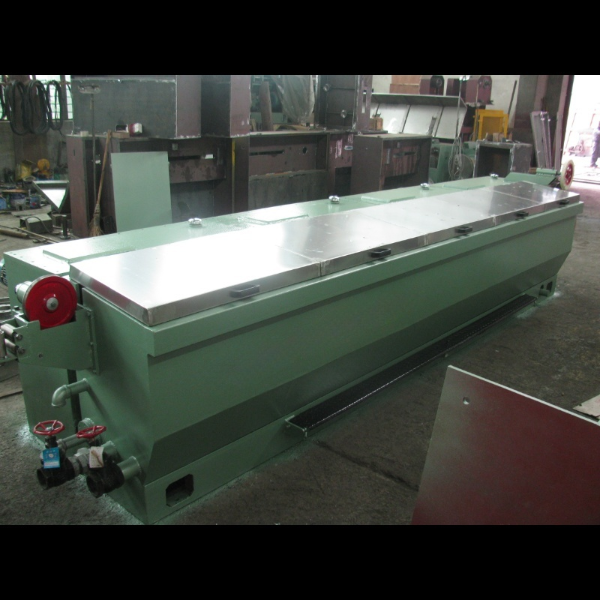
In conclusion, choosing the right medium copper wire drawing machine for your business is a crucial decision that can impact the efficiency and quality of your wire production process. By considering factors such as size, capacity, die number, material quality, power requirements, automation features, and manufacturer reputation, you can make an informed decision that will benefit your business in the long run.

